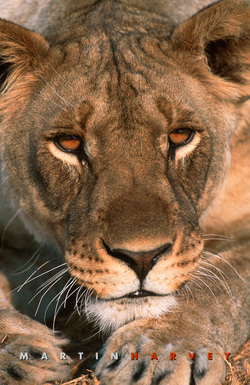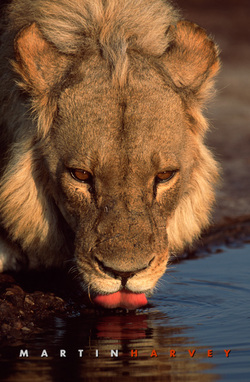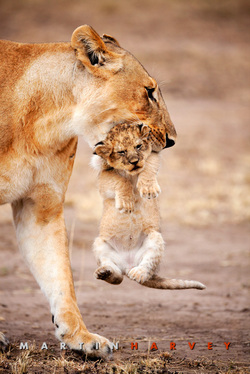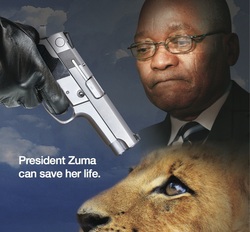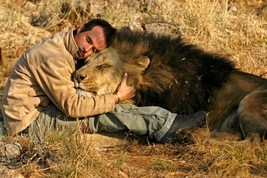
The link above shows Kevin romping with his lions.
Do you understand this video? Or, is your first question: “how come he can pet and play with lions and others can't”?
Let us compare Kevin's interaction with that of a cub petting facility.
Every month, hundreds of fee-paying visitors will touch, play with and have their photograph taken, with a cute lion cub. Either at a lion farm posing as a sanctuary, or at a tourist resort that rents cubs from lion farmers.
How does this affect that cub?
1. It suffers extreme stress.
2. Because of the oils in human hands the cub can lose hair.
3. Stress brings on vomiting.
4. The cub gets diarrhea from the constant handling
5. The cub is beaten into submission so that it does not scratch or bite.
6. The cub then goes back to the breeder who will in due course sell it to a hunter who will shoot it with arrows or bullets.
7. The sad end result for the cub will be a very painful death.
None of this applies to Kevin Richardson.
His love for lions has altered his life and he has built a sanctuary for the lions he has rescued. He now spends his life educating people about the atrocities of canned lion hunting.
So how come he can pet and play with lions?
1. He rescued these lions, and it is their choice whether they want to interact with him or not.
2. He bought land on which to build a quality of life for these animals.
3. He will give these animals life long care. They can never be released into the wild.
4. These animals will never be sold.
5. These animals will never be shot.
6. These animals will live their lives in comfort and safety.
Kevin does not pretend that caring for his small pride has anything to do with conservation. He has rescued these lions from the canned hunting industry and he has taken responsibility for their contentment and lifetime care. In short he is a ‘giver’.
Volunteers who work at lion farms and cub petting tourists take no responsibilty for the fate of the lion cubs. They take a short, stressful interaction with the cub for their own selfish purposes and then they leave, abandoning the cub to a miserable life and a cruel death. In short they are NOT ‘givers’ they are ‘takers’.
As a self-taught animal behaviorist, Kevin has broken every safety rule known to humans when working with these wild animals. Flouting common misconceptions that breaking an animal’s spirit with sticks and chains is the best way to subdue them, he uses love, understanding and trust to develop personal bonds with them. His unique method of getting to know their individual personalities, what makes each of them angry, happy, upset, or irritated – just like a mother understands a child – has caused them to accept him like one of their own into their fold.
The many lion documentaries that Kevin has featured in have made him famous. For more information visit his website : http://www.lionwhisperer.co.za/

